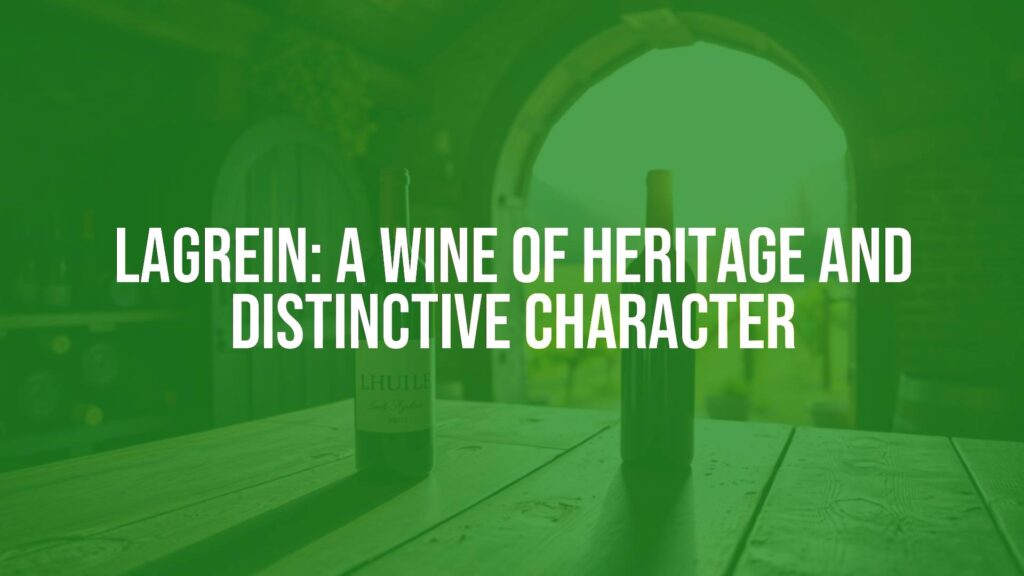Understanding Lagrein: South Tyrol’s Dark Treasure
Lagrein is a compelling red wine grape variety native to the South Tyrol (Alto Adige) region of northern Italy. Known for producing deeply colored, robust red and rosé wines, Lagrein has developed a reputation for its rich history, unique sensory profile, and the cultural importance it carries within its Italian Alpine context.
Origins and Historical Context
The first documented mentions of Lagrein trace back to the 14th century in the records of the Benedictine abbey of Muri-Gries, near Bolzano. Thought to be related to other regional varietals such as Teroldego and Syrah, Lagrein has its roots anchored firmly in the valleys surrounding Bolzano. Its name is possibly derived from Val Lagarina, a valley in Trentino, signifying its historical movements through the region. For centuries, Lagrein was utilized mainly in local blends, but over the last few decades, it has become recognized for its ability to shine as a single-varietal wine expressing the unique Alpine terroir.
Production and Winemaking Techniques
Lagrein grapes thrive in the well-drained, sandy soils of South Tyrol, benefiting from the region’s altitude and cool climate. Modern production methods emphasize careful temperature control during fermentation to preserve aromatic freshness, while both stainless steel and oak barrels are commonly used to mature the wine. Extended skin contact often results in Lagrein’s signature deep ruby to garnet hues and enhances its firm tannic structure.
Flavor Profile and Styles
Lagrein wines are notable for their intense, inky color and complex aromas. Expect flavors of ripe blackberry, dark cherry, plum, and violet, often accented by hints of cocoa, spice, and earthy undertones. On the palate, Lagrein is typically medium- to full-bodied, with lively acidity and pronounced, yet velvety, tannins. In addition to the classic dry red (“Lagrein Scuro” or “Lagrein Dunkel”), the variety is also used for rosé wines, known locally as “Lagrein Rosato” or “Lagrein Kretzer,” which offer a lighter, fresher take that showcases vibrant fruit and floral notes.
Cultural Role and Traditional Enjoyment
In South Tyrolean culture, Lagrein represents more than just a wine; it is an expression of alpine tradition and local pride. Used historically in both everyday dining and festive occasions, Lagrein is frequently featured at regional wine festivals and is regarded as a symbol of Alto Adige’s viticultural legacy. It commonly appears in “Törggelen” dinners—a beloved autumnal tradition pairing new wine with roasted chestnuts and seasonal specialties.
Pairing Suggestions and Serving Tips
The boldness and structure of Lagrein make it a versatile partner for food. It pairs exceptionally well with Alpine fare such as speck (smoked ham), sausages, roasted game, braised beef, and aged cheeses from the region. The rosé style harmonizes with lighter dishes, including grilled poultry, risottos, and vegetable-based appetizers. Serve Lagrein reds slightly cooler than room temperature (around 16–18°C/60–64°F) to highlight their freshness and aromatics.
Conclusion
Whether enjoyed young for its fruit-driven energy or aged for developed complexity, Lagrein captures the essence of northern Italy’s terroir in every glass. Its deep color, distinctive flavors, and long-standing ties to South Tyrolean tradition ensure Lagrein remains a cherished choice for wine enthusiasts and casual sippers alike.

